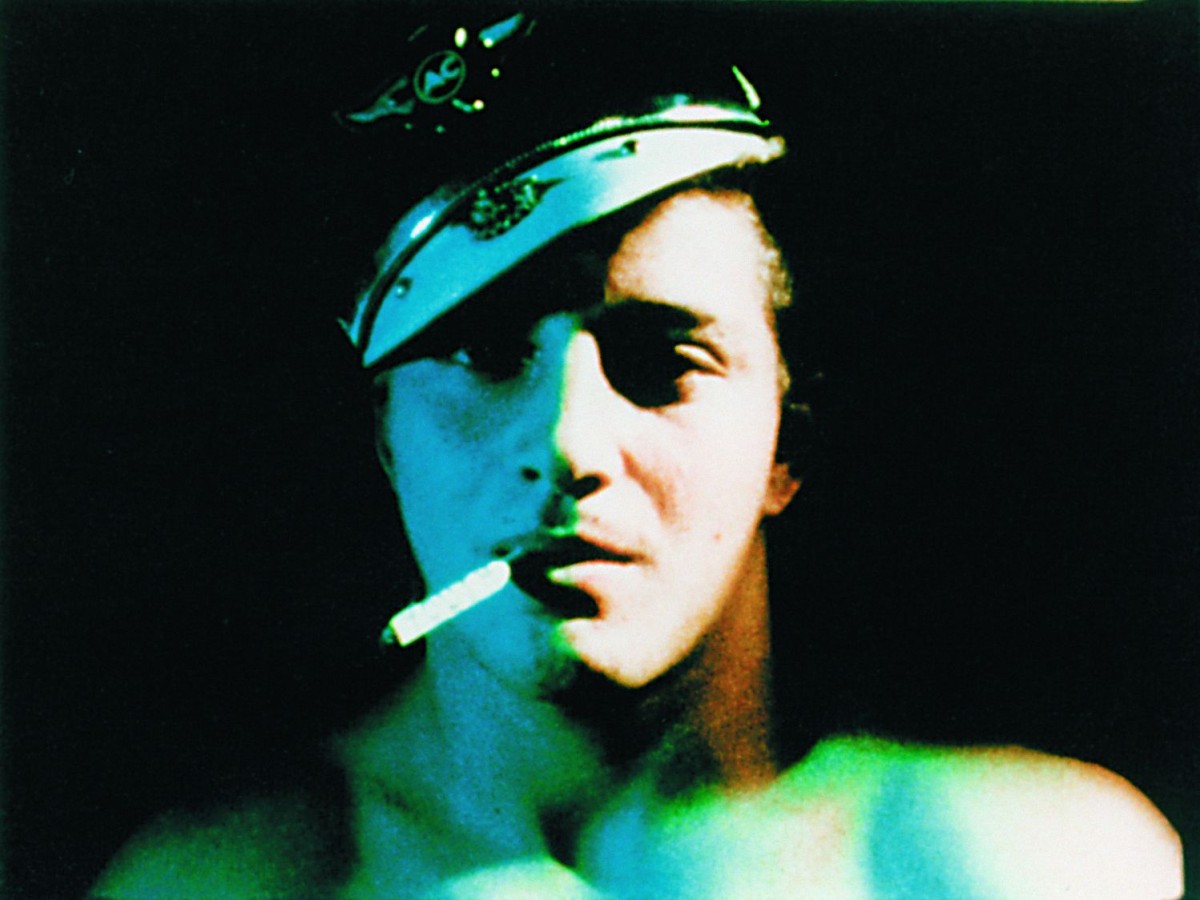New Hollywood 1966-1978. Part 1
March 1 to 31, 2004
The recent Berlin Film Festival Retrospective, organised jointly by the Film Museums in Vienna and Berlin, focussed on 1960s and 1970s US cinema. The more comprehensive Vienna version of this show will take place in two parts: Part 1, the March programme, examines the period from 1966 to 1972.
The overall term „New Hollywood" hardly does justice to the cinematic wealth which emerged during this period of cultural and political upheaval. Alongside the innovations of well-known directors such as Martin Scorsese, Sam Peckinpah, Francis Ford Coppola, John Cassavetes, Terrence Malick and Monte Hellman, we also need to consider the major documentaries, experimental works and various forms of underground and crossover cinema in order to comprehend the highly charged atmosphere and the energies of resistance which characterized these years.
The powerful current of creativity and „timeliness“ which propels films like Bonnie and Clyde (1967), Faces, Night of the Living Dead (1968), The Wild Bunch or Medium Cool (1969), was fed by many sources.
After the assassination of John F. Kennedy, the „race riots“ of the mid-60's and the escalation of the Vietnam War, a pervading feeling of crisis took hold in American society. At the same time, the various pop and sub-cultures of the „Baby Boom" generation created an exuberant belief in the possibility of changing the status quo, and in so doing, also created new markets catering to „nonconformist" needs, whether through rock music, drug use or films like Easy Rider. The idea of a liberal consensus in public discourse gave way to the rhetoric of a „divided nation". Minoritarian positions – the Student Left, African-Americans, the anti-war and feminist movements – suddenly played a major role in this debate.
Coinciding with these political and social developments, at least three important cinematic schools of the early 60's influenced the formation of a „New Hollywood“ milieu. First, the New American Cinema of experimental filmmakers such as Kenneth Anger, Andy Warhol or Jonas Mekas in New York (a kind of underground school for directors like Scorsese, Cassavetes and Jim McBride). Secondly, Roger Corman's „Factory" in Los Angeles, where young talents like Coppola, Dennis Hopper and Jack Nicholson were able to try out unconventional strategies of genre film production via low-budget B movies. And thirdly, the revolutionary school of Direct Cinema - a documentary cinema of „truth“ and immediacy (D.A. Pennebaker, Richard Leacock, the Maysles brothers, Frederick Wiseman), followed by a number of brilliant and highly self-reflexive investigations into the nature of fact and fiction, reality and the media, politics and film (works by Shirley Clarke, Jim McBride, Emile de Antonio, Robert Frank, Norman Mailer and the Newsreel Groups).
For the first the time in the United States, the idea of „film authorship“ was widely recognized and discussed during this period. European art cinema enjoyed a high reputation in the New Hollywood, and for a short while even the leading „auteur-artists“ from other fields – such as Warhol, Mailer, or Bob Dylan – placed their bets on the medium of film.
The willingness of the film industry to permit radical interventions by young outsiders only lasted for a few years, from 1969 to 1971. The decline of the old studio system, plummeting box office returns, and the „shocking“ commercial success of Easy Rider had made traditional production policies seem out of step and briefly allowed for an almost unregimented space of creative freedom. Masterpieces like Five Easy Pieces (Bob Rafelson), The Last Movie (Dennis Hopper), Two-Lane Blacktop (Monte Hellman) or Sweet Sweetback’s Baadasssss Song (Melvin Van Peebles) quickly exploited this moment of lessening studio control. Right next to these films, incomparable and unsurpassed, stands Barbara Loden's Wanda (1970) – one of the few films of the New Hollywood era which is completely shaped by an autonomous female imagination.
After this short period of both independent and studio-produced art films, the success of Francis Ford Coppola's The Godfather (1972) and Martin Scorsese's Mean Streets (1973) indicated the future path of „New Hollywood“. Taking their cue from Sam Peckinpah’s and Arthur Penn’s revisionist Westerns and crime movies, these new Italian-American gangster films showed that Genre cinema wasn't dying out. It was on the brink of being reinvented.
Part 2 of this Retrospective, which will spotlight US Cinema from 1973 to 1978, will be presented at the Film Museum from April 5 to 30. On the occasion of this project, a new English-language book has been edited by Thomas Elsaesser, Alexander Horwath and Noel King: „The Last Great American Picture Show. New Hollywood Cinema in the 1970s“ (Amsterdam University Press / Chicago University Press). It includes essays by J. Hoberman, Kent Jones, Adrian Martin, Dana Polan, Bérénice Reynaud, Jonathan Rosenbaum, David Thomson, among many others.
